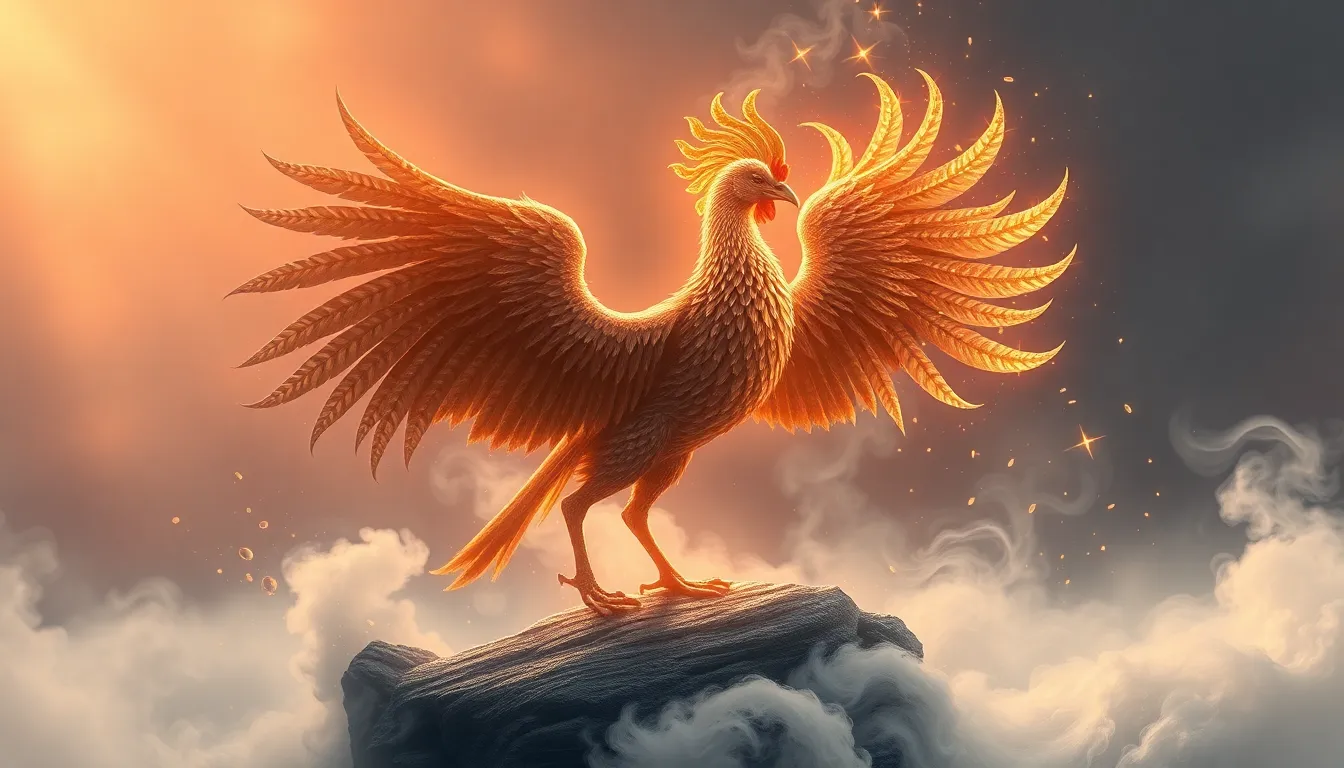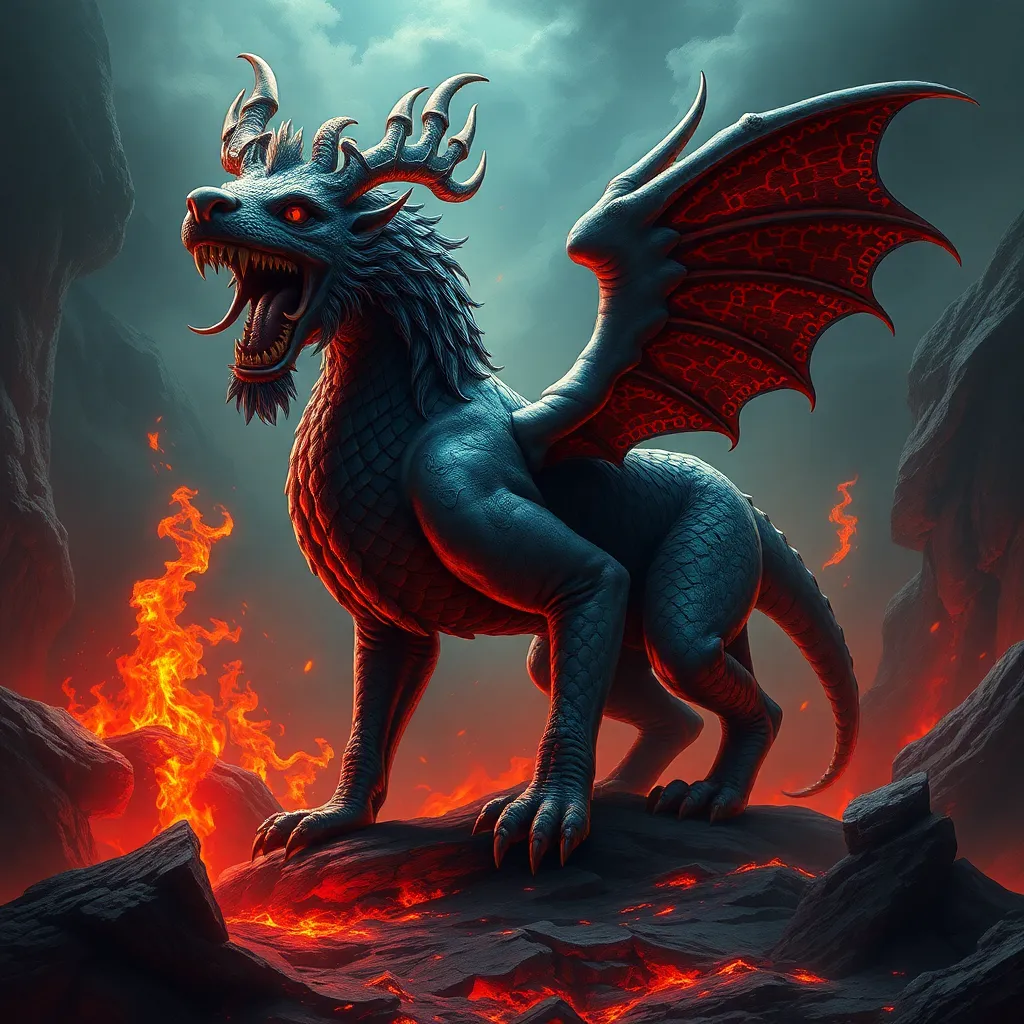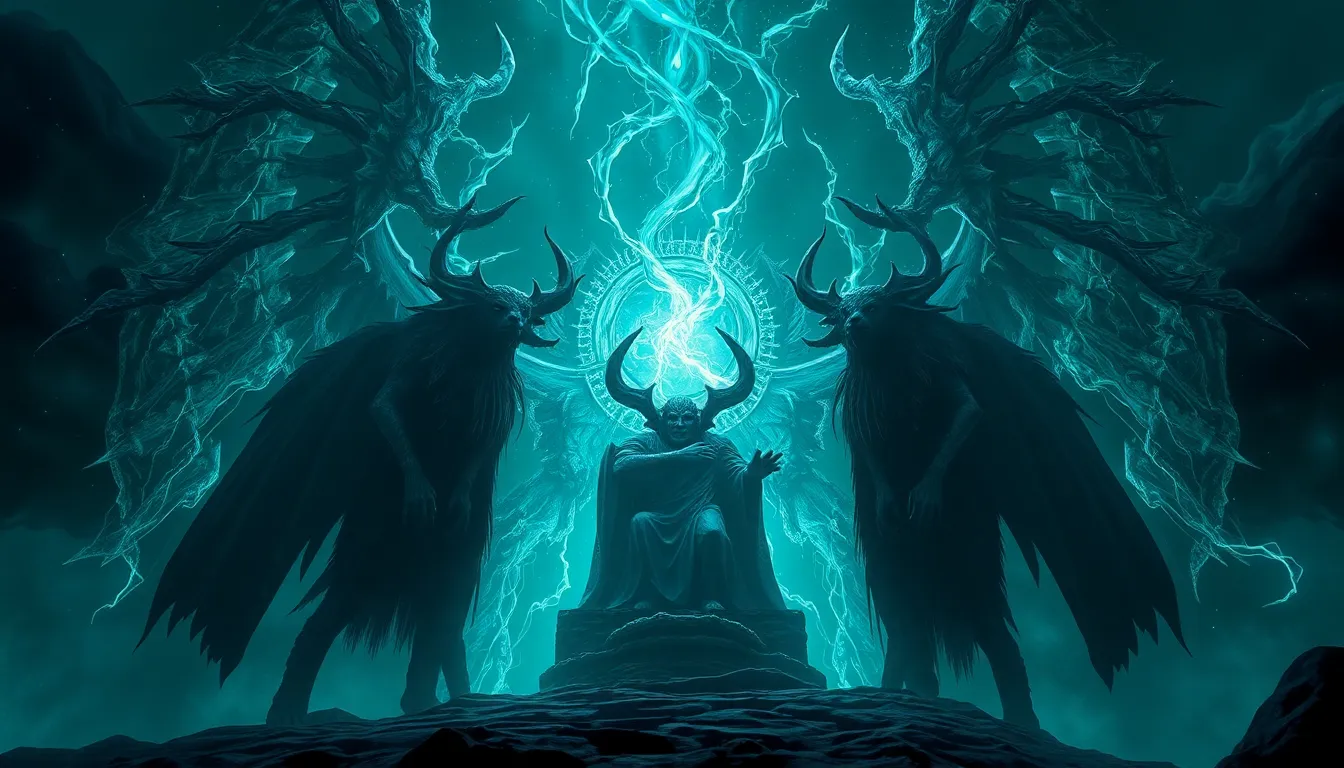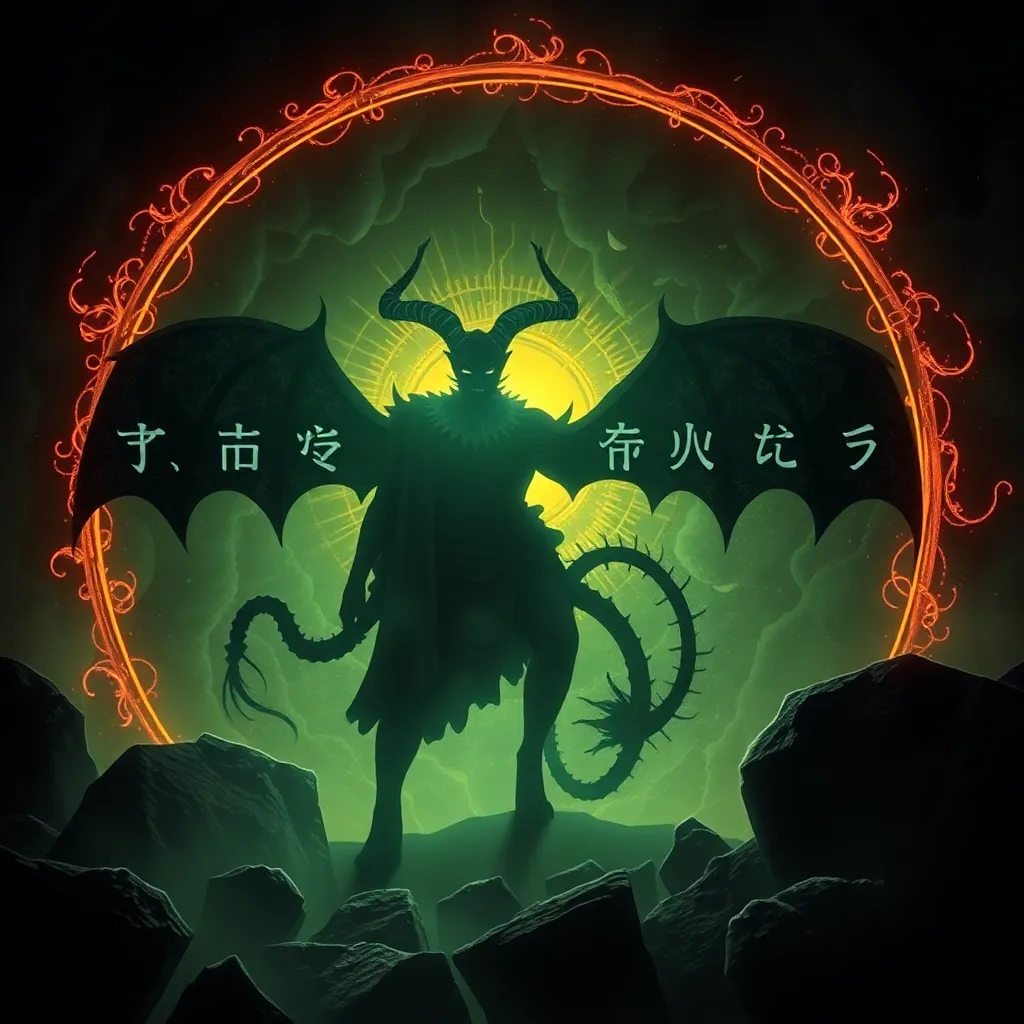The Simurgh as a Symbol of Divine Grace in Turkish Spirituality
I. Introduction
The Simurgh, a mythical bird of immense significance, weaves a rich tapestry of narratives across various cultures, particularly in Persian and Turkish mythology. This majestic creature, often depicted as a benevolent and wise being, holds a unique place in the hearts and spiritual practices of the Turkish people.
In Turkish culture, the Simurgh transcends its mythological origins, representing themes of divine grace, protection, and guidance. This article aims to explore the multifaceted symbolism of the Simurgh, particularly its embodiment of divine grace within the context of Turkish spirituality.
II. Historical Context of the Simurgh
The origins of the Simurgh can be traced back to ancient Persian mythology, where it is often described as a great bird with the ability to fly great distances and bestow blessings upon those it encounters. Over centuries, its symbolism evolved, finding a significant place in Turkish folklore.
In Turkish culture, the Simurgh has been depicted in various forms, from ancient texts to modern art, reflecting the dynamic nature of its representation. Throughout history, the Simurgh has appeared in:
- Literature
- Miniature paintings
- Folklore and oral traditions
Noteworthy historical texts, such as the “Shahnameh” by Ferdowsi, also feature the Simurgh, showcasing its prominence as a symbol of wisdom and protection.
III. The Simurgh in Turkish Literature
Within Turkish literature, the Simurgh has emerged as a powerful symbol, often representing themes of love, loss, and spiritual enlightenment. Poets and writers have drawn upon the imagery of the Simurgh to convey deeper metaphysical truths.
Key literary figures, such as:
- Yunus Emre
- Niyazi Misri
- Aşık Veysel
have depicted the Simurgh in their works, reflecting its significance in the spiritual and cultural landscape of Turkey. For instance, in his poetry, Yunus Emre often portrays the Simurgh as a guide leading seekers on their journey to divine love.
Specific works that feature the Simurgh include:
- “Divan” by Yunus Emre
- “Makalat” by Niyazi Misri
- Various folk tales collected from different regions of Turkey
IV. Symbolism of the Simurgh
The Simurgh is often seen as a representation of divine grace and mercy, embodying the qualities of compassion, wisdom, and protection. In Turkish spirituality, it is believed that the Simurgh serves as a guide for those who seek a deeper connection with the divine.
As a protector, the Simurgh is thought to watch over individuals on their spiritual journeys, helping them navigate challenges and obstacles. Its attributes can be interpreted as follows:
- Wisdom: The Simurgh is often associated with deep knowledge and understanding.
- Compassion: It is seen as a nurturing figure that offers support to those in need.
- Guidance: The Simurgh assists seekers in their quest for truth and enlightenment.
V. The Simurgh in Sufism
The concept of the Simurgh holds profound significance in Sufi thought, where it is often linked to ideas of unity and divine love. Sufism teaches that the Simurgh symbolizes the ultimate union with the divine, representing the journey of the soul toward God.
In Sufi literature, the Simurgh serves as a powerful metaphor for the spiritual journey that every seeker must undertake. Notable Sufi teachings emphasize:
- The importance of self-discovery and inner transformation.
- The quest for knowledge and understanding of the divine.
- The experience of divine love as a path to enlightenment.
Stories of the Simurgh often illustrate the trials and tribulations faced by seekers, highlighting the transformative power of divine grace and love.
VI. Contemporary Relevance of the Simurgh
In modern Turkish art and culture, the Simurgh continues to inspire a sense of spirituality and connection to heritage. Artists and creators reference the Simurgh in various forms, from visual arts to literature, to evoke themes of hope and transformation.
Its significance in contemporary spiritual practices is also noteworthy, as many individuals draw upon the symbolism of the Simurgh to navigate their personal spiritual journeys. The creature serves as a reminder of the potential for growth, healing, and divine intervention in daily life.
The ongoing influence of the Simurgh in Turkish identity is profound, as it encapsulates the essence of the nation’s rich cultural tapestry.
VII. Comparative Analysis with Other Mythological Creatures
When comparing the Simurgh to other mythical creatures, such as the Phoenix and Garuda, several similarities and distinctive qualities emerge:
- Similarities: Like the Phoenix, the Simurgh represents resurrection and renewal, while Garuda embodies strength and protection.
- Distinctive Qualities: The Simurgh is uniquely characterized by its role as a compassionate guide, rather than solely a symbol of power.
These comparisons enhance our understanding of divine grace, illustrating how different cultures interpret the interplay between the mythical and the spiritual.
VIII. Conclusion
In summary, the Simurgh holds a place of great significance in Turkish spirituality, symbolizing divine grace, protection, and guidance. Its legacy as a powerful mythological figure continues to resonate within the cultural consciousness of the Turkish people.
Reflecting on the enduring relevance of the Simurgh, we can appreciate its role as a beacon of hope and transformation in today’s spiritual discourse. As individuals seek deeper connections with the divine, the timeless message of the Simurgh remains a source of inspiration and comfort.



